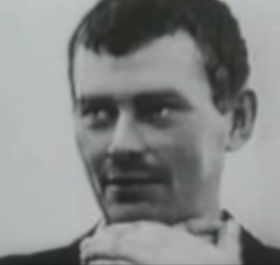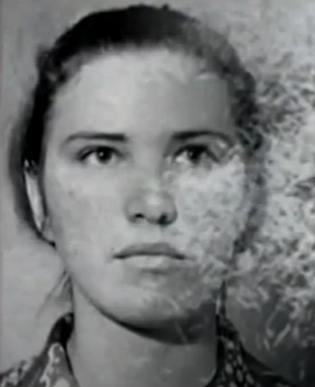
1947 - 1987
Gennady Modestovich Mikhasevich
Summary
Name:
Years Active:
1971 - 1985Birth:
April 07, 1947Status:
ExecutedClass:
Serial KillerVictims:
36+Method:
StrangulationDeath:
September 25, 1987Nationality:
Soviet Union
1947 - 1987
Gennady Modestovich Mikhasevich
Summary: Serial Killer
Name:
Gennady Modestovich MikhasevichStatus:
ExecutedVictims:
36+Method:
StrangulationNationality:
Soviet UnionBirth:
April 07, 1947Death:
September 25, 1987Years Active:
1971 - 1985bio
Gennady Modestovich Mikhasevich was born on April 7, 1947, in the village of Ist, located in the Vitebsk Oblast of the Byelorussian SSR, which is now part of Belarus. He grew up in a rural area during a time of significant change in the Soviet Union. Information about Gennady's childhood is limited, but like many children in his community, he faced the challenges of post-war life.
After completing his education, Gennady served in the Soviet Army. The duration and nature of his service are not widely documented, but military service was a common expectation for young men in the Soviet Union at that time. Once he returned from the army, Gennady faced personal struggles. He had a girlfriend who left him and married someone else while he was away. This heartbreak had a significant impact on him.

In 1973, he graduated from a technical school in Vitebsk. Afterward, he returned to his hometown of Ist and began working in a sovkhoz, which is a type of state farm in the Soviet Union. In 1976, Gennady got married and started his own family. He and his wife had two children during their marriage. To support his family, Gennady held various jobs, including working in an auto repair shop.
Gennady’s life appeared to be that of a typical family man and a hardworking citizen. He was a teetotaller, which means he did not drink alcohol, and he was involved in local activities, including being a member of the Communist Party.

murder story
Gennady Modestovich Mikhasevich began his series of murders in May 1971 after returning from military service. After a personal crisis, he encountered a young woman on the road and decided to kill her. He killed again in October of the same year and went on to strangle two more women in 1972, all near Vitebsk.
Over the years, he continued his crimes, often targeting women to facilitate rape. He typically strangled or smothered his victims in secluded locations. Mikhasevich sometimes lured them into his red Zaporozhets, a car he owned. He did not carry weapons, preferring to use improvised tools. He also robbed his victims of cash and items. Some of these items were later given to his wife as gifts.

Mikhasevich maintained an outward appearance as a good family man. He was involved in the local Communist Party and worked as a conscientious employee. As the investigation into the murders progressed in the 1980s, a young investigator named Nikolay Ignatovich suspected the killings were connected. The police believed the murderer was using a red Zaporozhets, leading them to check all known owners of that car. Mikhasevich participated in these searches, which provided him with insight into the investigation.
In 1984, Mikhasevich intensified his killing, murdering 12 women that year. To divert attention from himself, he sent an anonymous letter to a local newspaper, which backfired. Investigators linked his handwriting to notes left at crime scenes. After examining a vast number of samples, they found a match with Mikhasevich’s handwriting.

He was arrested in December 1985. Psychiatrists evaluated him and found him sane, diagnosing him with psychopathy. Although he denied his crimes initially, he later confessed. Mikhasevich was sentenced to death and executed by firing squad in 1987. His case became widely known as “The Vitebsk Case,” exposing flaws in the investigation process that had led to innocent people being convicted for his crimes.